The US Fish and Wildlife Service has approved plans to destroy 434,000 lake trout that were slated for stocking in the Great Lakes Erie and Ontario amidst concerns that stocking the fish would introduce didymo, more commonly known as "rock snot", into lake waters. Didymo, an invasive algae that can spread rapidly and destroy entire freshwater ecosystems, has not been found to date in either Lake Erie or Lake Ontario. After the failure of efforts to find alternative water bodies in which to stock the hundreds of thousands of trout in question, Fish and Wildlife's Northeast regional director Wendi Weber made the decision to destroy the fish.
The population slated for destruction is comprised almost entirely of 4-inch fingerling trout. The fingerlings were raised at the Bethel, VT hatchery on the banks of the White River, a river body known to be infected with didymo. Although the tanks are filled with well water and are not typically at risk of infection by the introduction of river water, floods during this year's Hurricane Irene brought river water into the tanks and infected tank water with didymo.
According to officials at the Bethel, VT hatchery and the US Fish and Wildlife Service, extensive efforts were undertaken to find an alternative home for the near half a million lake trout, without success. The decision to destroy the trout was made reluctantly, but without an apparent alternative.
The fish will be dumped into large pits where they will be covered with lime and then buried.




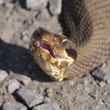
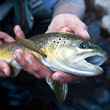
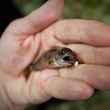



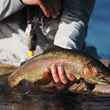
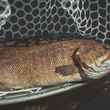




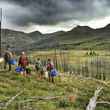








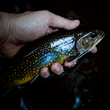
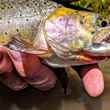

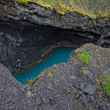
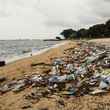
Comments